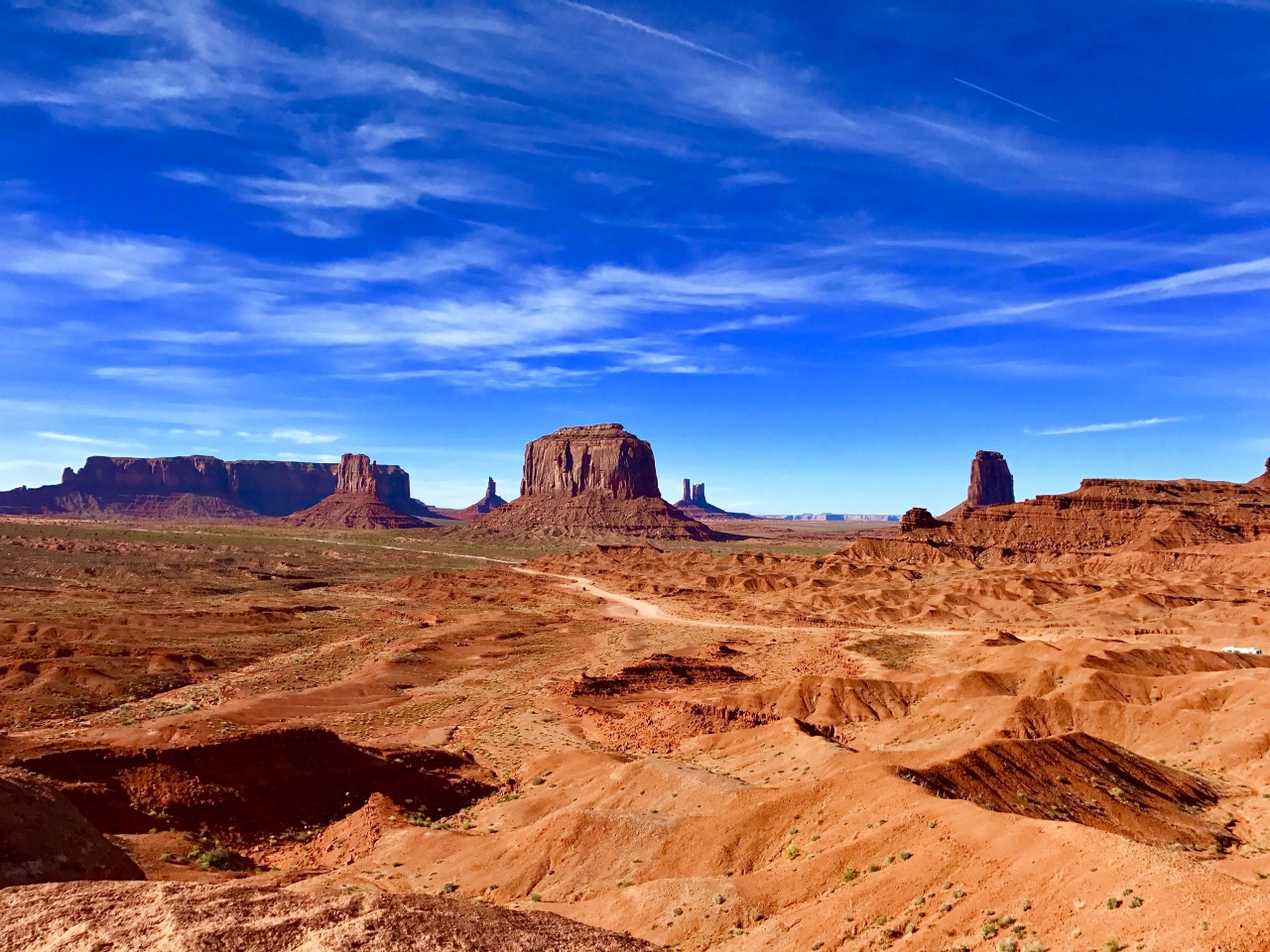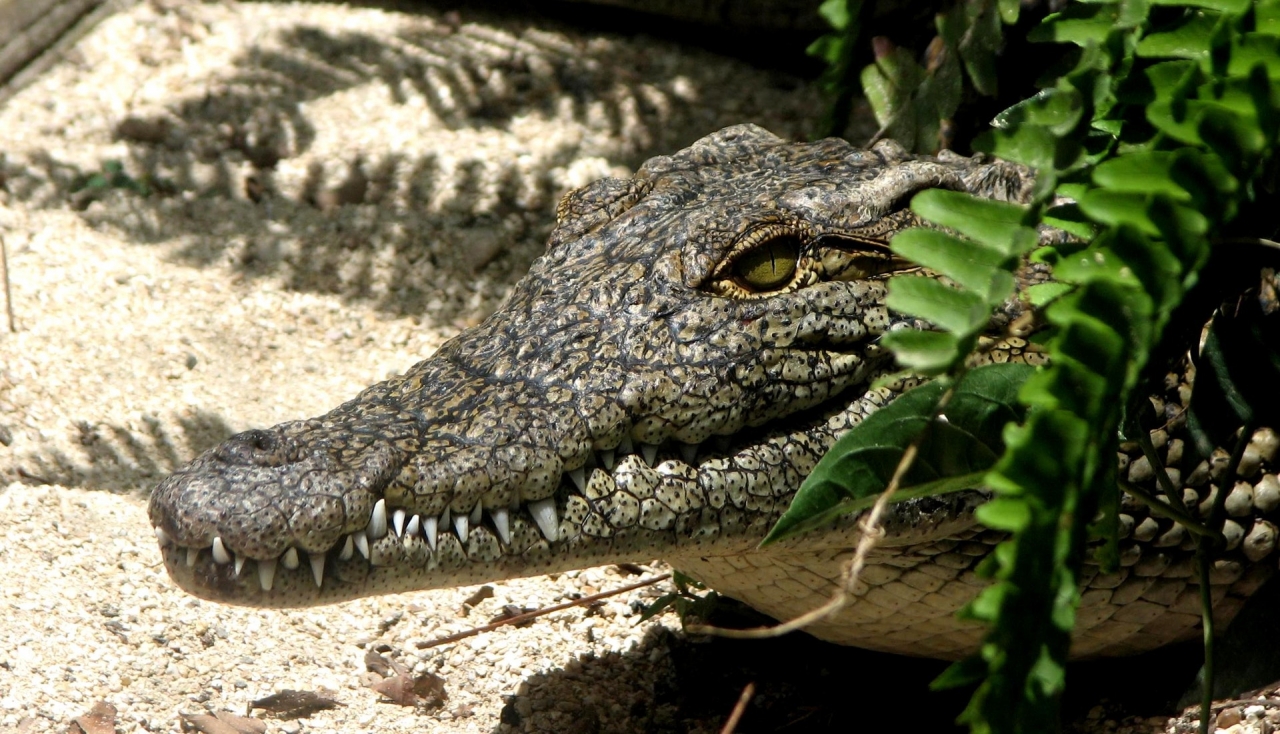Don't miss out on the best jobs!
Subscribe to HelpGoAbroad and weekly we will sent you an email with latest job posts. Provide your email address below
Expats moving to the US from countries with mild climates might not be prepared for some of the severe weather conditions found in the States. They are also often unaccustomed to the local wildlife they may encounter in their new home.
So, who do you call or what do you do if you stumble across a bear in one of America's many national parks, or hear an earthquake warning? To reveal the answer, below are 10 things you need to know about the weather and wildlife in the US.
1. Drought
Droughts are not restricted to desert regions - highly populated areas suffer from their effects too. California is particularly susceptible, only recently emerging from a five-year drought. Santa Ana in the south of the state is ranked top of the US drought list, as measured by the Sperling Drought Index.
There are many suggested ways to keep yourself healthy during drought conditions including:
- Reuse and conserve water when you can.
- Avoid the midday sun, when it's at its hottest.
- Having a supply of bottled water stored at home.
- Use only tap water for personal hygiene, and rainwater stores for plant care.
- Limit drinks containing alcohol or caffeine as these can dehydrate.
2. Wildfire
Wildfire's are most common within the states of Colorado, Oregon, Washington, California, New Mexico and Montana. With the dry climate of California acting as a catalyst for fires, the 2003 fire was one of the worst the state has seen. It began in the Cleveland National Forest and consumed over 280,000 acres.
The government website, Ready, offers a useful list of what to do when you receive a fire alert for your local area, including how to plan and prepare, pre-wildfire season.
3. Extreme temperatures
America has many places with particularly hot summers, none more so than in the aptly named Death Valley on the California-Nevada border. Expats may struggle with adapting to the heat in this region - the highest recorded temperature comes in at a staggering 134 Fahrenheit (56.7 Celsius) in the July of 1913. Temperatures are still commonly above 120 Fahrenheit (49 Celsius).
Expats can look after their health and stay comfortable when living in extreme heat by:
- Avoiding undertaking any strenuous activity in the heat.
- Staying hydrated and frequently drinking water.
- Opting for light-coloured, loose-fitting clothing.
- Parking vehicles in the shade and never leaving children or pets inside.
- Avoiding being outside during the peak hours of sun (11am-3pm).
On the opposite end of the spectrum, or thermometer in this case, is Alaska. The city of Utqiaġvik, commonly known as Barrow, is unanimously considered to be the coldest place in America. With a population of under 5000 and an average annual temperature of 9.7 degrees Fahrenheit (-12.4 Celsius), Barrow is certainly not a destination that would suit everyone.
4. Earthquakes
Earthquakes occurring when the plates of the Earth's surface move against each other at a fault line. Two of the most likely places to experience earthquakes in the US are California and Washington, both situated on fault lines. In fact, there are over 300 fault lines running across the state of California, including the San Andreas fault. This particular fault line has quiet since a 7.9 magnitude earthquake in 1857, with seismologists suggest that the built-up pressure poses a severe threat for the future.
Although earthquakes are tricky to predict and impossible to prevent, there are precautions and evacuation practises in place. Be sure to prepare yourself with advice from the government before relocating. The CDC have a simple message to remember: 'Drop! Cover! Hold on!'
5. Tornadoes
Another adversity expats may have to face when living in America is the natural risk of tornadoes, averaging at 1,250 a year. The Midwestern states of Kansas, Missouri, Nebraska, Iowa and South Dakota are deemed most at risk and collectively known as 'Tornado Alley'. According to experts, states such as Florida, found east of the Mississippi River, are also vulnerable, due to their frequent thunderstorms.
The Storm Prediction Centre has set up a guide for how to prepare and what to do during a tornado.
6. Floods
A study in the journal Environmental Research Letters, shows that the homes of almost 4 million Americans are at risk of flooding in the next century.
Hurricanes often lead to extreme flooding across America. In 1989, hurricane Hugo hit South Carolina, battering Charleston with five-foot high walls of water, causing damage to three quarters of the homes there. The 'largest vulnerable area' of Louisiana has witnessed the uncompromising damage caused by Hurricane Katrina in 2005.
Strauss, an expert in sea level rise at Climate Central, reminds us of Florida's lack of sea walls, and even suggests that its residents should consider moving away from land that is less than one metre above sea level. He compares the increased risk of floods due to the rising sea levels as "like raising the floor at a Miami Heat game: you'd see a lot more dunks."
If you're considering a move to the States, this comprehensive list details the 10 states deemed to be at the highest risk of flooding. Typically, it's the low-lying lands that are most at risk such as Georgia, Virginia and New Jersey.
There are also many wildlife worries expats may have before relocating to the US. As there are numerous individual species, here are a selection of the dangerous animals which have recently attacked, rather than merely posing a threat.
7. Alligators
As expats will soon discover, national parks provide a popular place to spend days off. The naturally stunning Everglades in Florida may be the most well-known of these. Despite its appearance, it's also a risky place to explore due to its alligator population. Even though attacks on humans remain rare, they can and do happen. In 2016, for instance, a 2-year old boy was playing near the water at a Disney World resort in Florida when he was dragged into the water and killed by an alligator. This is why caution and care should always be taken when you're near an open body of water.
8. Bears
Rover's Run trail, Alaska, is deemed to be one of the most dangerous national parks in the US. The salmon-rich Campbell Creek running alongside the trail, attracts both grizzly and black bears alike. The park rangers are sure to post warning signs when sightings are high, but should you encounter a bear, the commonly agreed protocol is to avoid direct eye contact and not to panic. Of course, this is easier said than done - especially for the teenager at a Colorado camp who woke up to his head in a bear's jaw! Luckily, he escaped, and such behaviour is thought atypical of black bears, who aren't usually aggressive.
9. Mountain lions
Mountain lions also populate these landscapes, which is why care should be taken when hiking. If you can avoid their usual hunting times of dawn and dusk, you will likely avoid them altogether. Should you be unlucky enough to encounter one, the National Park Services (NPS) offer their recommendations for your safety. They advise you to remain calm and keep your ground. If you need to move, make sure it's slowly and never with your back turned to the animal. Often, the wild animal is just as scared as you, so this allows them the chance to escape.
Attacks remain rare, only averaging at six per year. The NPS suggest that expats are at greater risk of "being killed in an automobile accident with a deer than of being attacked by a mountain lion". Interestingly, it has been argued that mountain lions could help prevent these near 1.2 million collisions a year in the US, by keeping the deer population controlled.
10. Bees and wasps
Incredibly, bees and wasps come in at second in the ranking of most dangerous animals, killing approximately 58 people a year, mainly due to allergic reactions caused by stings. There are many ways to protect yourself against stings, such as avoiding wearing heavily perfumed products, never going barefoot outdoors, and staying still if one approaches. Having the appropriate international health insurance in place can also help ensure you receive the best care, as quickly as possible, in the eventually that you get stung - timing is of the essence in such medical situations.
Summary
It's clear that the wildlife you wouldn't suspect to be the most dangerous can in fact be the cause of most harm which is why expats need to remain aware to protect themselves. Despite the number of wild animals found in national parks, if avoided, they shouldn't pose a serious threat to your safety.
Natural disasters are of course inevitable occurrences worldwide. Following government advice and taking precautions is the best way to look after yourself and your family.
The US may sound full of potential threats. But when the correct care is taken, the natural wonders America has to offer make it a truly exciting place to live and explore.
Sign in to publish a comment


Be the first to comment on this post.